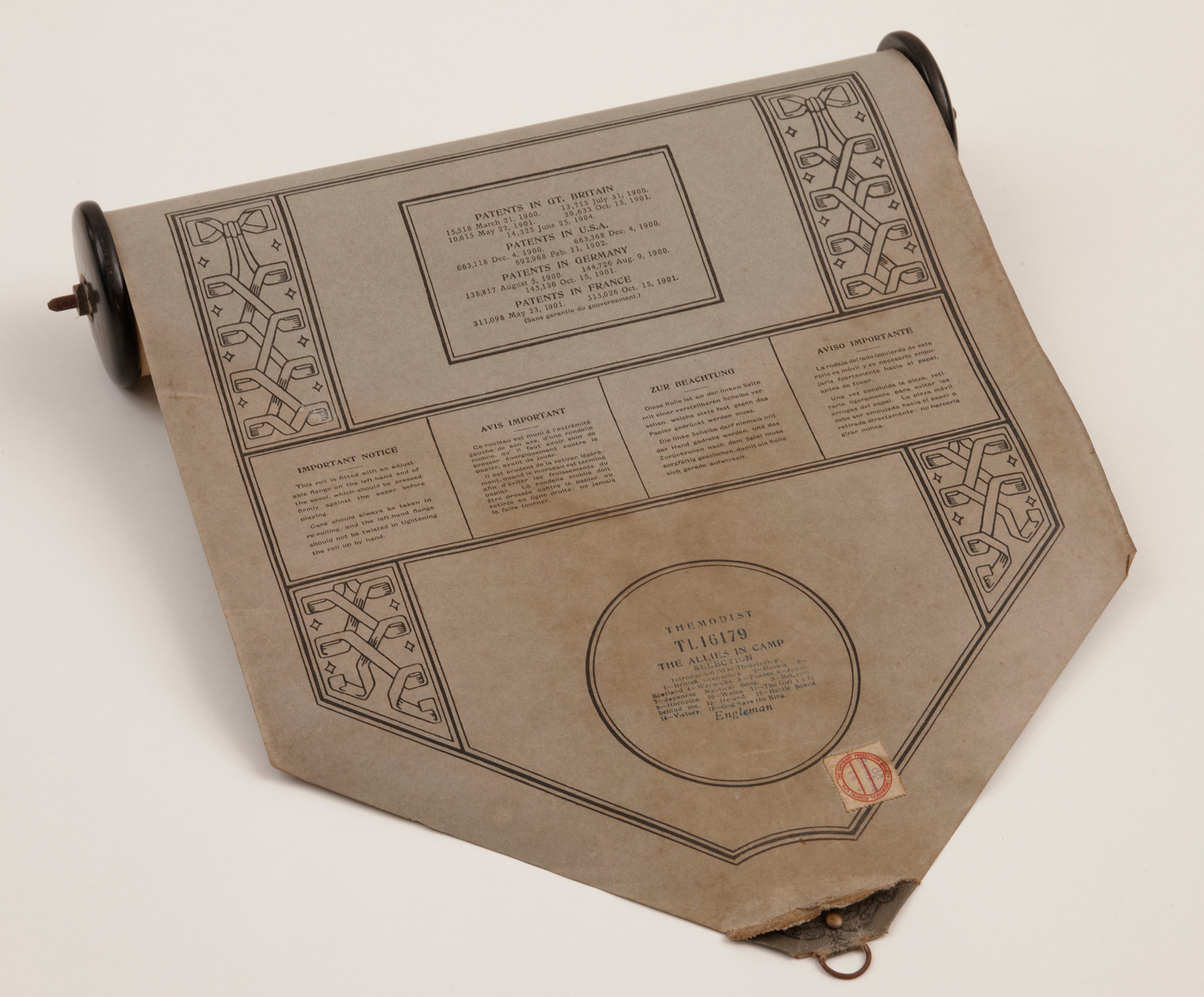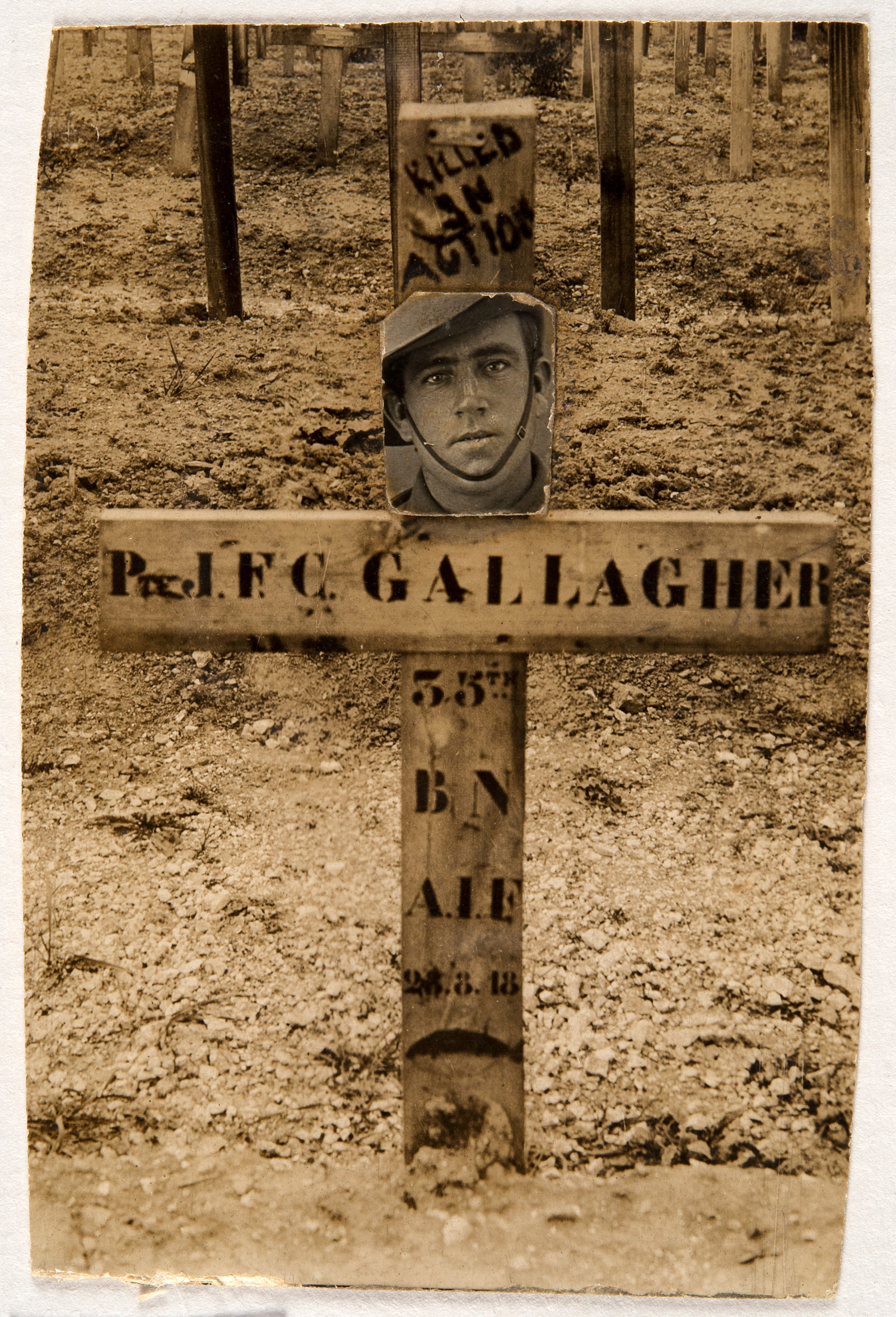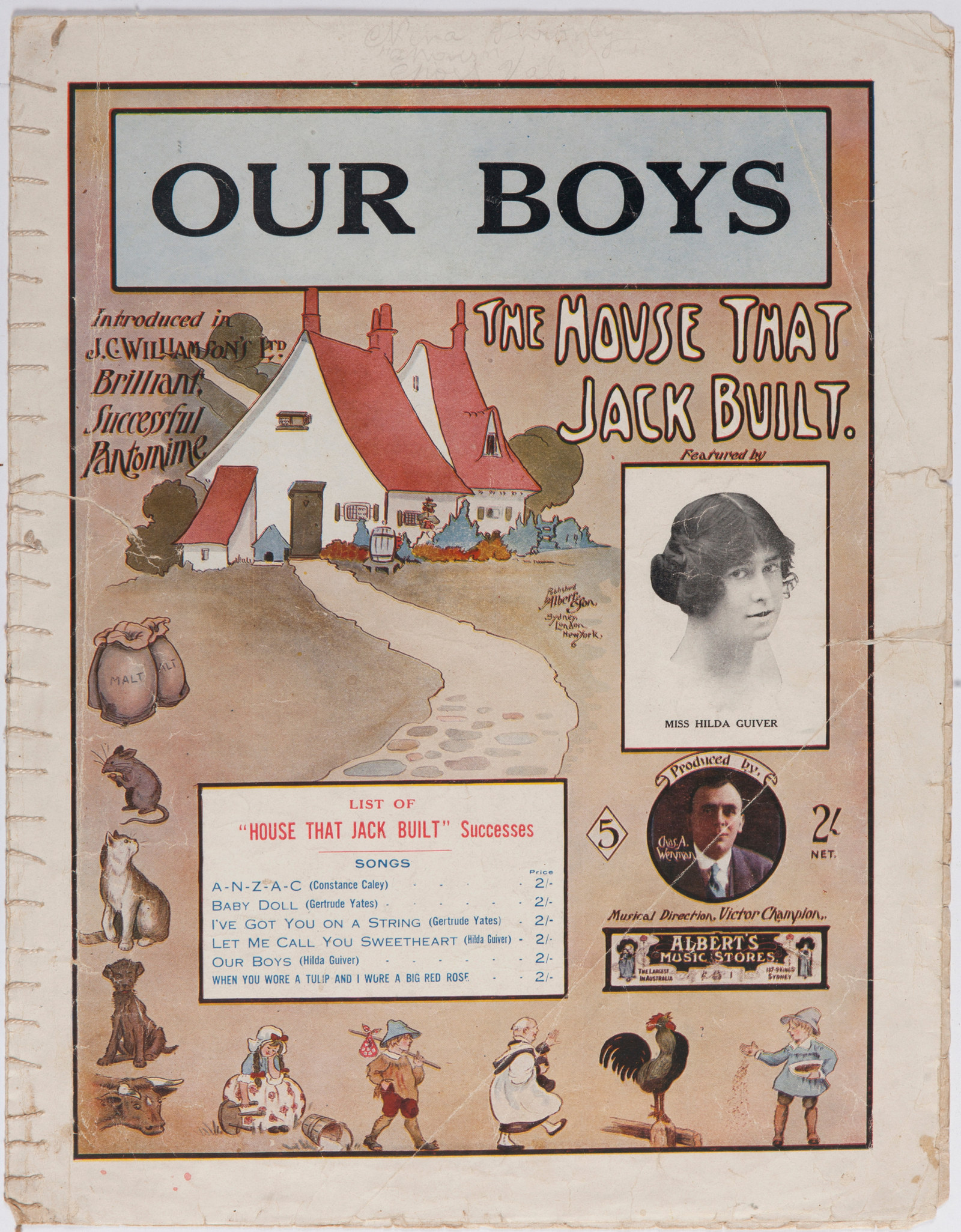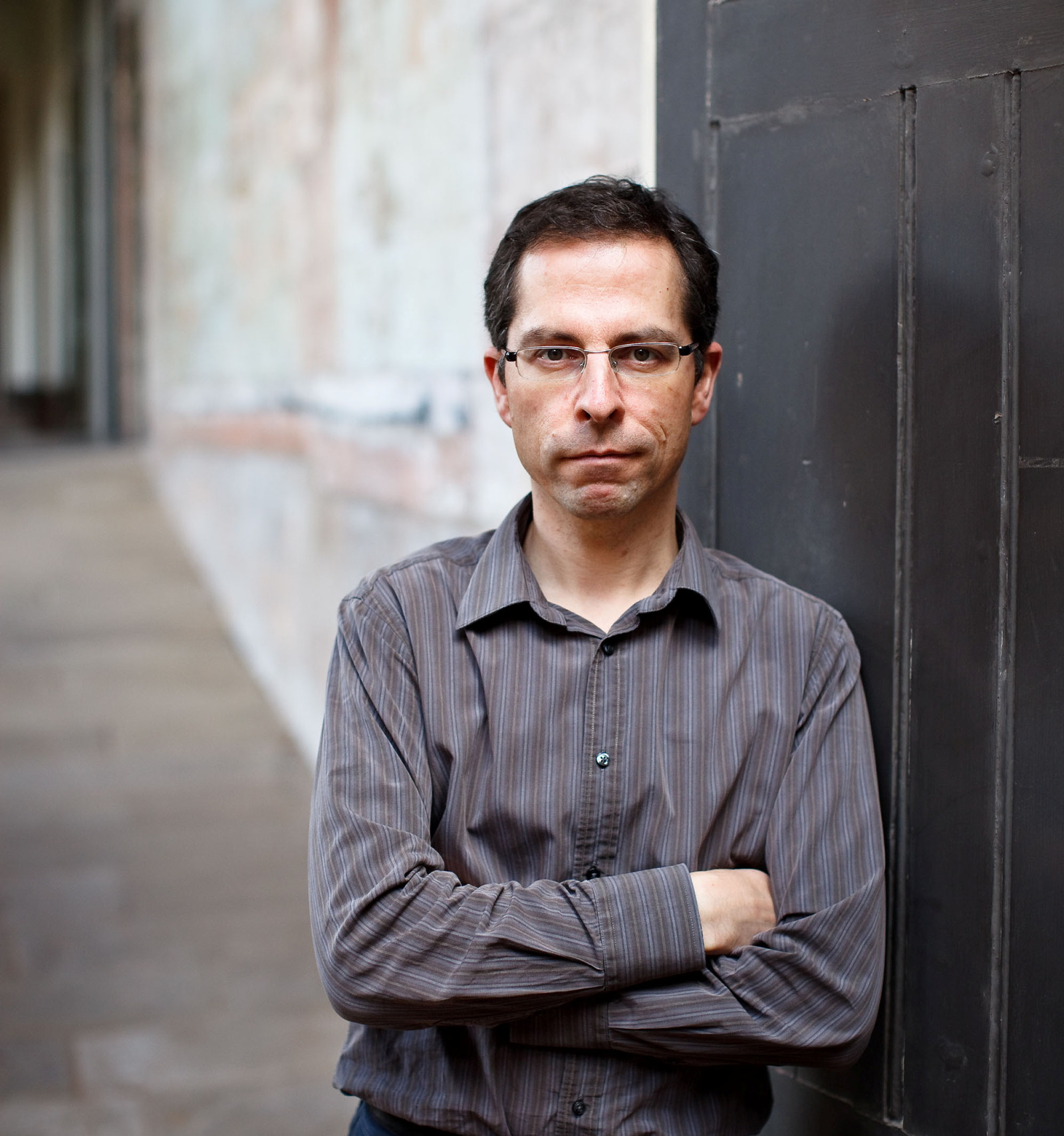Germanton or Holbrook?
What’s in a name? The town of Germanton in the eastern Riverina district of NSW changed its name to Holbrook in 1915 ‘in order to express indignation at the conduct of Germany in the war’.1
It was one of over 90 Australian place names changed during World War I because of their German associations: towns as well as streets, creeks and parks.
Holbrook: O name of warrior bold, We hail thee with joy, For ‘Germanton’ is cold, And ‘Holbrook’ is the boy.
Wodonga and Towong Sentinel 18 June 1915, p3
The Riverina was an area noted for German settlement in the second half of the 19th century. During World War I, military authorities judged the region to be ‘German’ and the location of many disloyal enemy aliens. The Germanton Shire Council considered a number of new names before settling on ‘Marton’, taking inspiration from the English town of that name, the birthplace of Captain James Cook. (‘It seems to me the powers that be have lately got a start on, To change the name of Germanton – They’re going to call it Marton.’2) However, the Commonwealth Lands Department rejected the name as it was already in use in Queensland. From a new round of possible names, the choice came down to two: Kitchener or Holbrook. The latter was finally selected, to honour British naval lieutenant (and later commander) Norman Douglas Holbrook, the first naval recipient of the Victoria Cross in World War I for his exploits in change of the submarine HMS B11 against the Turks in the Dardanelles in December 1914.
The town’s original name referred to an early German-born resident of the area, John Pabst – travellers referred to Pabst’s residence as ‘the German’s’. Four grandsons of John Pabst served in the Australian forces in World War I, and other Pabst family descendants also fought and died.
Footnotes
1. The Farmer and Settler, Sydney, 2 February 1915, p2.
2. From a local newspaper at the time as quoted in John Lynch, Paths of the pioneers, Wilkie Watson Publications, Tumut NSW, 1988, p97.
Published on
More

On This Day
17 Dec 1915 - 'Waratah' recruitment march
On 17 December 1915 the "Waratah" recruitment march arrived in Sydney

WW1
The Allies in camp music roll
Rouse Hill house boasts a fine pianola, a player piano, which came into the house just a few years before the outbreak of World War I

WW1
Frank Gallagher’s grave markers
Late in the afternoon on 23 August 1918, Private John Francis Cecil Gallagher, known as Frank, was killed by shellfire at 23 years of age

WW1
Our Boys: patriotic sheet music
The song, written by a young Sydney woman named Evelyn Greig, was one of more than 500 patriotic songs published in Australia during World War I
